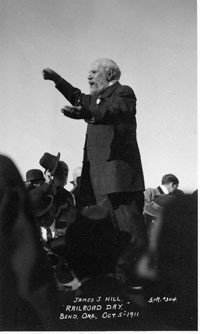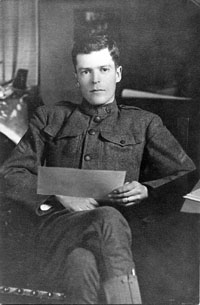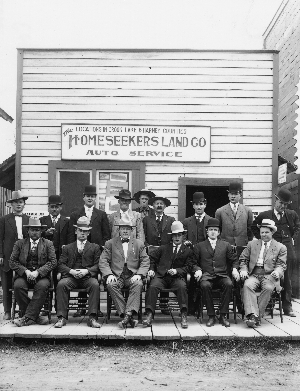Frequently Asked Questions
Where do the Market Roads originate from?
Where did the Bend Logo come from?
 The Bend Logo, the name BEND in a circle, was created 100 years ago as the signature trademark of the Bend Emblem Club. The Emblem was the original logo of William D. Cheney’s Bend Park Company, a development endeavor to help further Bend’s growth. On the night of January 4, 1913, during a party hosted at the home of Bend’s mayor and Bend Bulletin publisher, George Putnam, the Bend Emblem Club was officially created. In attendance were Clyde McKay and James Overturf, as well as many of Bend’s other prominent citizens. The Emblem Club members swore an oath to promote and display the logo until a time when the town of Bend reached a population of 100,000. Visitors and residents can still view remnants of this oath in the windows of many of the historical buildings around town. The Bend Emblem Club officially disbanded in 1924. The Bend Commercial Club and later the Chamber of Commerce took over recruiting businesses to Bend. However, the group’s legacy lives on with the popularity of the logo and the sense of belonging one receives through its recognition.
The Bend Logo, the name BEND in a circle, was created 100 years ago as the signature trademark of the Bend Emblem Club. The Emblem was the original logo of William D. Cheney’s Bend Park Company, a development endeavor to help further Bend’s growth. On the night of January 4, 1913, during a party hosted at the home of Bend’s mayor and Bend Bulletin publisher, George Putnam, the Bend Emblem Club was officially created. In attendance were Clyde McKay and James Overturf, as well as many of Bend’s other prominent citizens. The Emblem Club members swore an oath to promote and display the logo until a time when the town of Bend reached a population of 100,000. Visitors and residents can still view remnants of this oath in the windows of many of the historical buildings around town. The Bend Emblem Club officially disbanded in 1924. The Bend Commercial Club and later the Chamber of Commerce took over recruiting businesses to Bend. However, the group’s legacy lives on with the popularity of the logo and the sense of belonging one receives through its recognition.Why is the Old Mill called the Old Mill?
Where was the Pilot Butte Inn?
What was the Deschutes River Railroad War?

James Hill, Railroad Day, Bend, OR. 1911
The Deschutes River Railroad War refers to the historical competition to build the first operational railroad connecting the vast resources of Central Oregon to the prominent railroad lines of the Columbia River Valley. James Hill’s Oregon Trunk Railway and E.H. Harriman’s Des Chutes Railroad were fiercely competitive, which carried over to the thousands of men in their employment. From the time construction began in The Dalles, Oregon (1909), each of the two camps worked to sabotage the efforts of the other. The war involved land grabs, right of way refusals, intimidation, vandalism, arson and murder. Neither side of the Deschutes River was safe as each railroad company raced to be the first to reach Bend, Oregon.
Following the death of E.H. Harriman, and seeing the futility of the competition between the two companies, Hill and the new head of Des Chutes Railroad signed an agreement for joint use of portions of the track, bringing the fighting to an end. Finally, on October 5, 1911, James Hill drove in the ceremonial golden spike at the Bend rail depot, signifying the completion of the Oregon Trunk Railway line. Both rail companies would operate service into and out of the Central Oregon area for years to come.
Are there such things as Lava Bears?
Did Amelia Earhart ever live in Central Oregon?

G.P. Putnam
No. She does however have a connection with the area. In 1931, Amelia married her publicist, George Palmer Putnam, of Putnam & Sons Publishing. Putnam had been a prominent community member of the Central Oregon town of Bend. Arriving in the small town in 1909 he quickly became the editor and publisher of the local newspaper, the Bend Bulletin, he was an original member of the Bend Emblem Club, and served as the town’s youngest mayor in 1912. During the same year the Oregon Trunk Line arrived in Bend, Putnam, now a newlywed, introduced his first wife, Dorothy Binney (of Binney & Smith Crayola Crayons), to his western home. It wasn’t until 1919, with the death of George’s father, that George moved his family to New York, selling his interests in the Bend Bulletin and his home, to take over the family publishing company. In 1929 he divorced Dorothy upon her request, and two years later he married Amelia Earhart.


